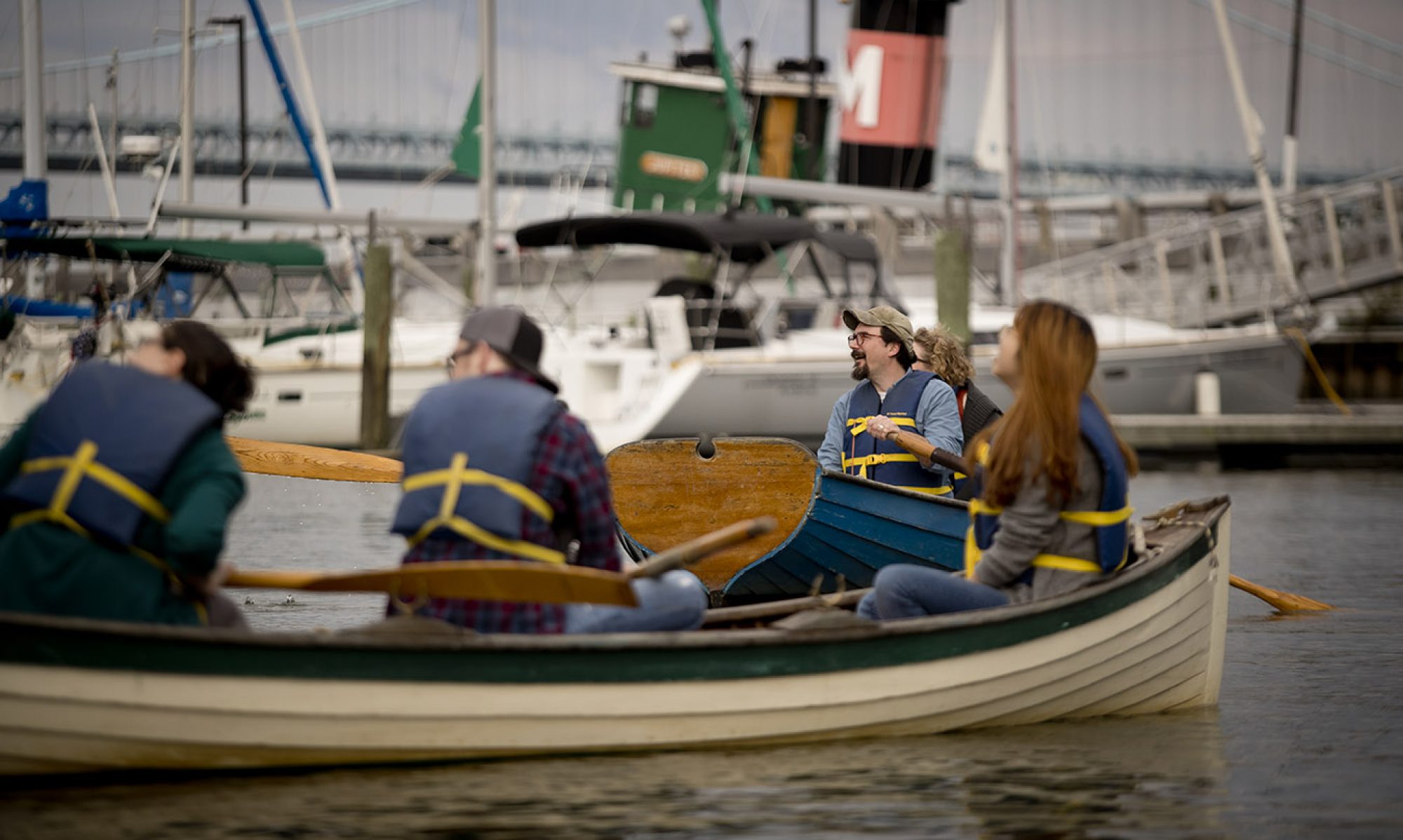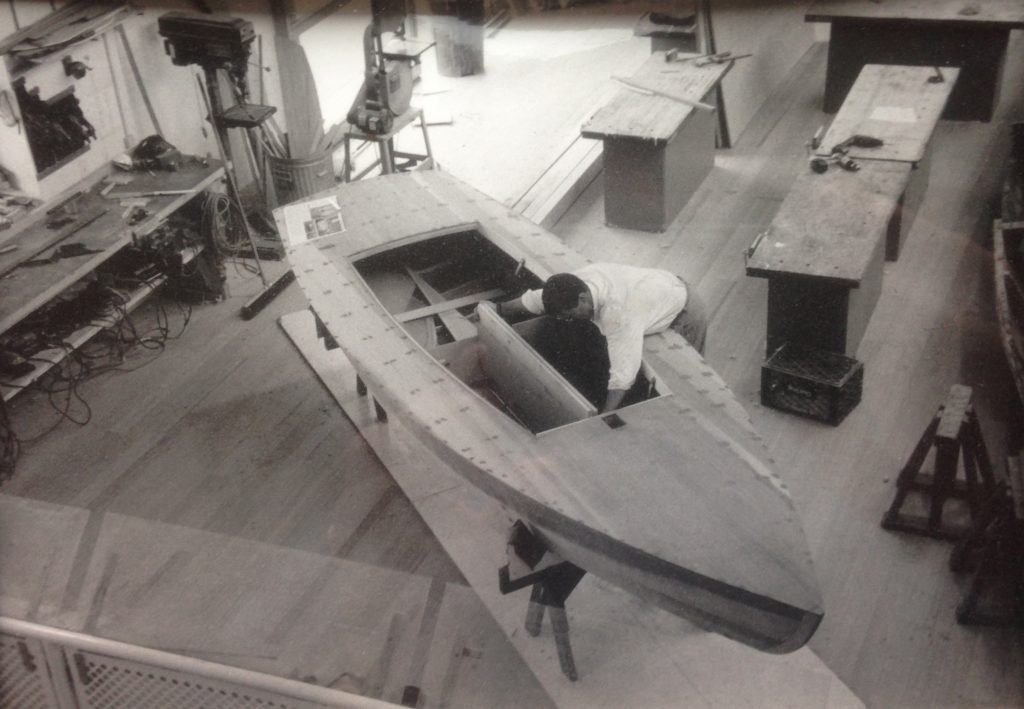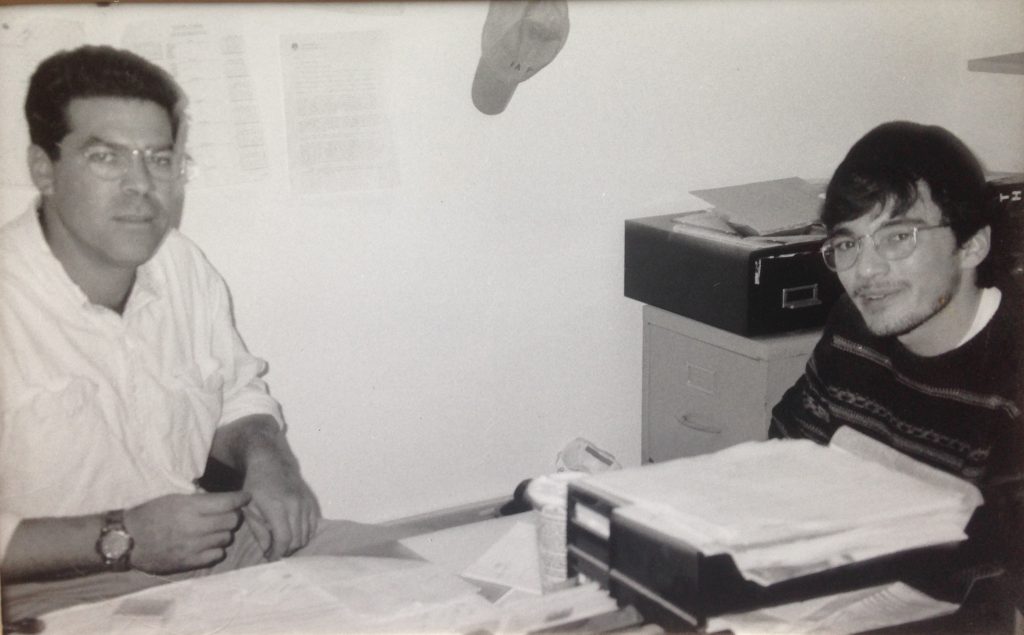As I wrote previously, the LESLEY Documentation Project was born in part of my desire to revisit the kind of fieldwork that got me excited about doing history in the first place. What I didn’t know when the idea first got legs, however, was that LESLEY is a sneakbox. Sneakboxes are funny little boats, perfected a century and a half ago by waterfowlers tired of mucking about in the New Jersey Pine Barrens’ marshy littoral. Although LESLEY is much larger and much more refined than its work-a-day cousins, its bulbous hull and crowned deck recall the type perfectly.
It also happens that I absolutely love sneakboxes. For me they recall the summer I interned at the Library of Congress’s Archive of Folk Culture (the summer before I first visited the Independence Seaport Museum, for those of you following this thread). It was a transformative time, one that I’ve described here as priming me for the culture wars. But it was also the summer that I first met the sneakbox.
My charge at the AFC was to create a finding aid for researchers seeking collections related to boatbuilding. The American Folklife Preservation Act (1976), which created the AFC, had generated considerable support for ethnographic folklife projects all over the continent. Thousands of hours of audio recordings poured in from everywhere. There were interviews with Apalachicola watermen, Rhode Island quahog diggers, Georgia fishermen, and of course, New Jersey sneakbox builders. I listed to them all that summer, sitting in the AFC, headphones on, half asleep and half mesmerized by the hypnotic normalcy of people describing their daily lives.
By the end of it, I had worked up a pretty good guide to all the AFC’s various bits and pieces of audio that had anything at all to do with boatbuilding. It was the bits about sneakboxes, though, that fascinated me most. I had never heard of a sneakbox before, but the idea of a tiny boat that could sail anywhere–even over ice–captivated me. And there was something too about the sneakbox recordings. Narrators like Theodore “Ted” VonBosse spoke about these boats with a powerful fondness, as if speaking about home, or recalling an old friend:
https://soundcloud.com/seth-bruggeman/vonbossesneakbox
Much to my surprise, it turns out that all of the recordings I picked through that summer have recently been digitized, by an entire corps of AFC interns no doubt. What a sensation to encounter these voices again. They take me back to the AFC during those days before digital audio gear. Back when the Enola Gay was ground zero. Back before I had any inkling that a summer internship could turn out to be so valuable.


